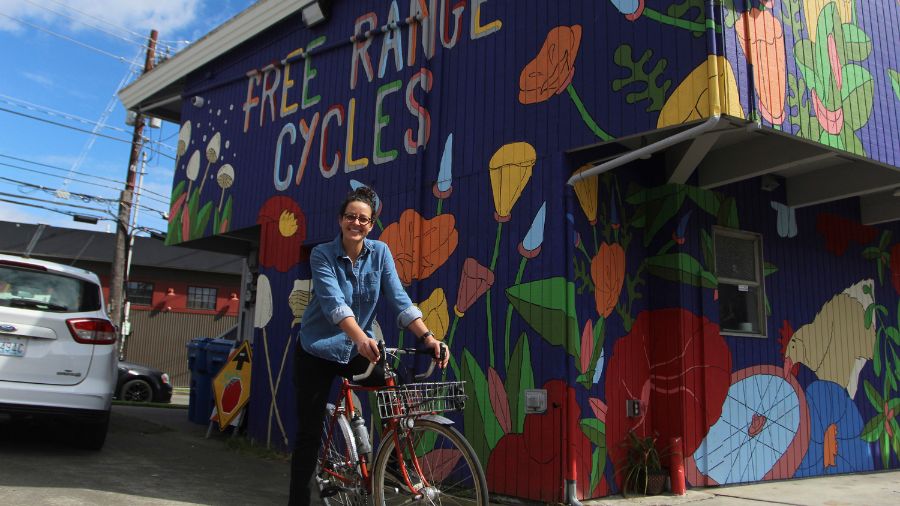Once green, prehistoric Arabia drew early humans from Africa
Aug 31, 2021, 9:46 PM | Updated: Sep 1, 2021, 10:37 am

In this undated photo provided by the Palaeodeserts Project in September 2021, a storm arrives during an archaeological excavation of the remains of an ancient lake in northern Saudi Arabia, where ancient humans lived alongside animals such as hippos. (Klint Janulis/Palaeodeserts Project via AP)
(Klint Janulis/Palaeodeserts Project via AP)
WASHINGTON (AP) — Huw Groucutt passes rolling sand dunes as far as his eye can see when traveling to archaeological sites in the northern Arabian Peninsula. But the same desert regions were once intermittently lush and green, attracting early humans and large animals such as hippopotamuses migrating out of Africa to linger at ancient lakes, new evidence suggests.
Until a decade ago, the Arabian Peninsula was a blank spot on the map for scientists trying to reconstruct the story of early human evolution and movements out of Africa. Much more is known about early human settlements in the Levant region — modern-day Israel, Jordan, Lebanon and parts of Syria — where extensive archaeological research has been carried out for more than a century.
But the Arabian Peninsula may have also played an important role as a bridge between Africa and Eurasia, a study published Wednesday in the journal Nature suggests.
“Arabia has not been part of the story of early human migration because so little work was done there before,” said co-author Michael Petraglia, a paleolithic archaeologist at the Max Planck Institute for the Science of Human History in Jena, Germany. The research team included scientists from Germany, Saudi Arabia, Australia, the United Kingdom and elsewhere.
The impetus to look closely for archeological remains in the region came from satellite imagery that revealed traces of prehistoric lakes in now-arid regions. “We noticed color patterns made by ancient lakes — sand dunes are kind of orange-colored, while ancient lakes are tinted white or gray,” said Groucutt, who is also based at the Max Planck Institute.
Extensive excavations over a decade revealed stone tools from multiple periods of prehistoric settlement by early human groups, the oldest 400,000 years ago. Analysis of sediment samples from the ancient lakes and remains from hippos and other animals revealed that during several periods in the distant past, the peninsula hosted year-round lakes and grasslands.
During these windows of hospitable climate, early humans and animals moved from northeast Africa into the Arabian Peninsula, the researchers say.
“Flowing rivers and lakes, surrounded by grasslands and savannah, would have attracted animals and then the early humans that were in pursuit of them,” said Petraglia. Hippos require year-round water bodies several yards (meters) deep to live. Remains of other animals, including ostriches and antelopes, indicate “a strong biological connection to northeast Africa,” he said.
1. “What this research group has done is really exquisitely combine archaeology and climate records going back 400,000 years to show that early humans moved across this landscape when the climate changed,” said paleoanthropologist Rick Potts, who directs the Human Origins Program at the Smithsonian’s National Museum of Natural History.
“The episodic presence and absence of populations in the Arabian Peninsula was in tune with climate oscillations,” said Potts, who was not involved in the new study.
___
Follow Christina Larson on Twitter: @larsonchristina
___
The Associated Press Health and Science Department receives support from the Howard Hughes Medical Institute’s Department of Science Education. The AP is solely responsible for all content.
Copyright © The Associated Press. All rights reserved. This material may not be published, broadcast, rewritten or redistributed.













